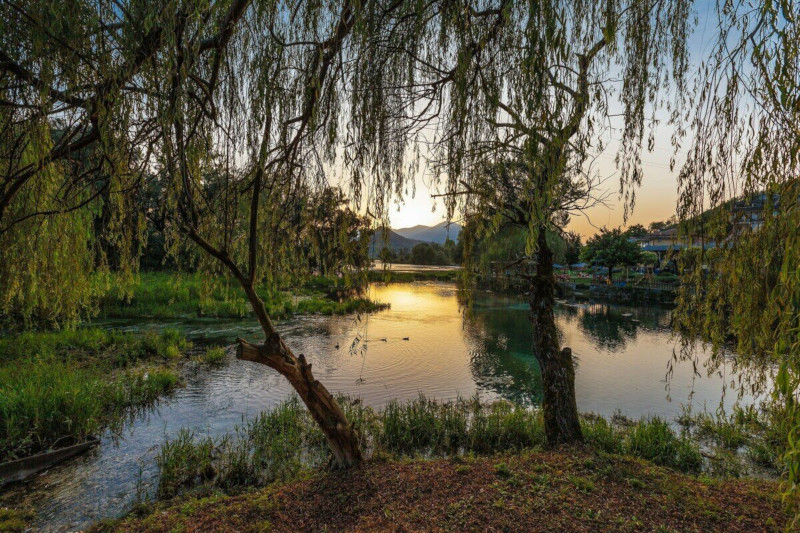
Lake Posta Fibreno Facts
- The sublime beauty of Lake Posta Fibreno only serves to function as an embellishment of its exotic nature. That’s because, its scenic appeal notwithstanding, the site ranks as one of the most unusual lakes to be found anywhere in the entire world.
- Given its location, the marvelous site has long been known to modern man. It currently remains unknown if prehistoric man knew of its existence. To date, no known archaeological evidence of a prehistoric presence in its immediate region exists.
- This marvel of nature also holds a somewhat notable place in history. The Roman naturalist and philosopher, Pliny the Elder, recorded the earliest known account of the existence of the marvel. He noted the experience in his 1st-century Naturalis Historia.
- Quite fortunately, wonderful Lake Posta Fibreno now enjoys a certain level of protection from the depredations of man. That’s due to the fact that the lake, and its surroundings, now form part of the Lago di Posta Fibreno Regional Nature Reserve.
- This location remains as astounding today as it did in ancient times. It’s not just its beauty and unusual chemical composition that make it notable, however. Its most defining feature, in fact, continues to be the long-term presence of a floating island!
Related Articles
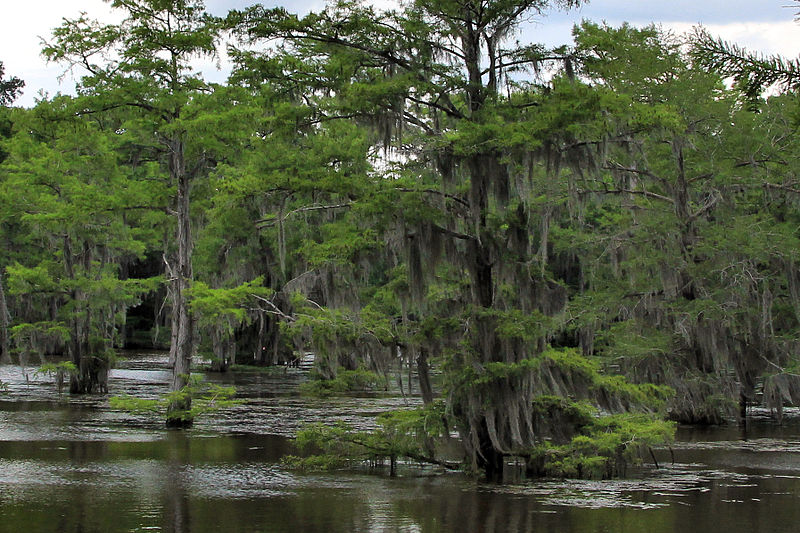
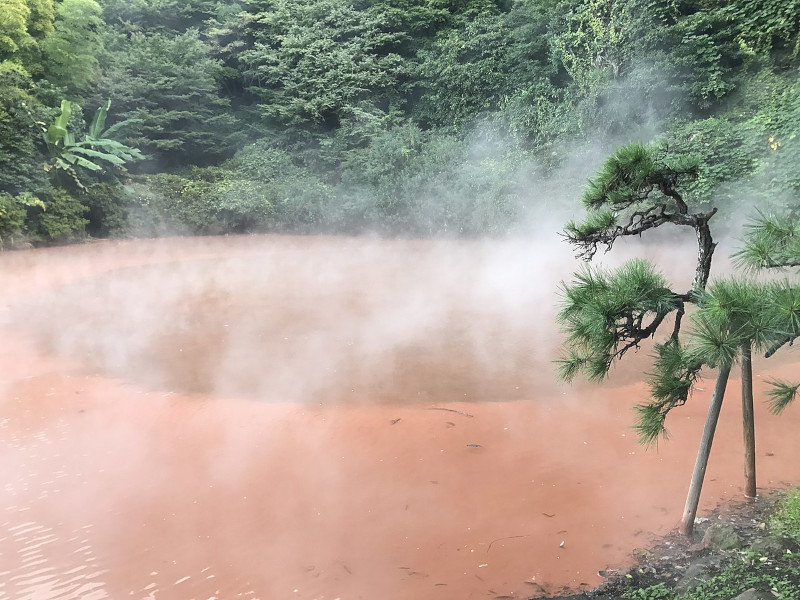
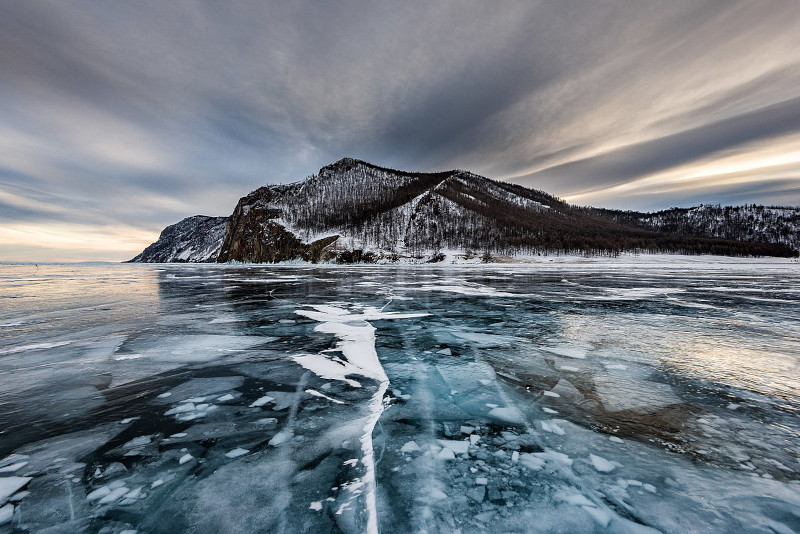
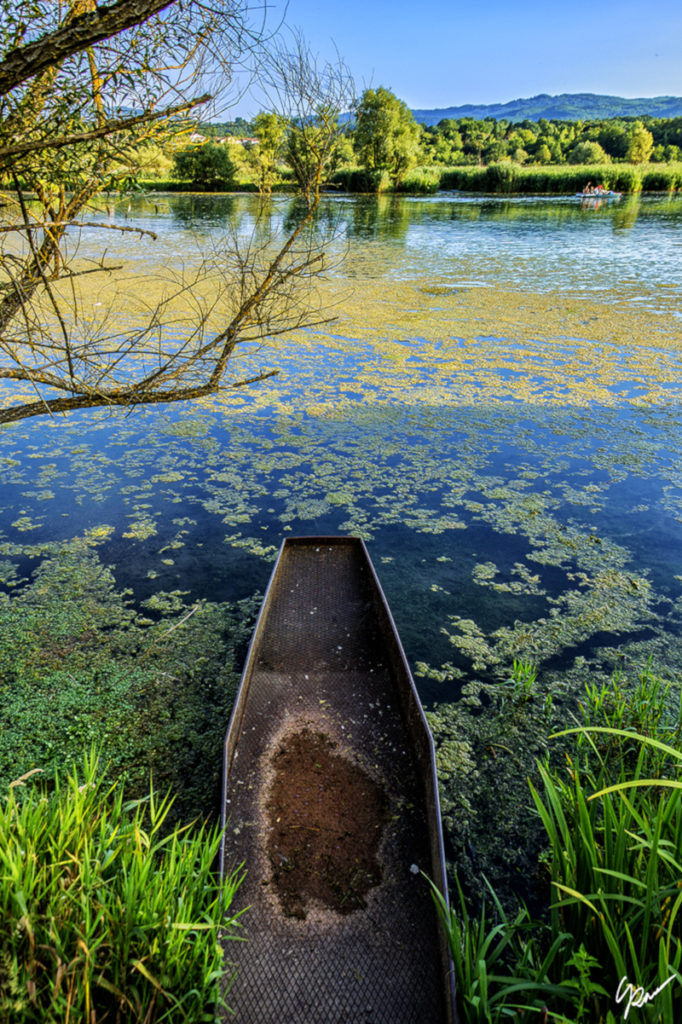
Lake Posta Fibreno Physical Description
It bears noting that the magnificent Lake Posta Fibreno fully merits its high degree of appreciation for its natural wonders. It does so, however, completely regardless of its physical size. Nature, it seems, understands that magnificence has no relation to volume.
That bold statement holds true due to the fact that this location remains relatively small in terms of overall size. More precisely, its surface area only measures roughly 0.111 sq mi (0.287 sq km). Put another way, that’s roughly equal to 40 soccer fields in volume.
Its dimensions, though, remain quite irregular in nature. These also vary according to such factors as the inflow of water and evaporation. Amazingly, the sole source of its water, other than rainfall, continues to be the presence of underground mineral springs.
The feature for which Lake Posta Fibreno became famous for, however, is undoubtedly its floating island. This actually formed over a long period of time, however. It’s principally composed of a significant accumulation of peat, roots, and free-floating rhizomes.
This remarkable floating mass also boasts highly respectable measurements for a formation of its type. It’s approximately 130 ft (39.6 m) wide, and 13 ft (3.96 m) in thickness. Shrubs and even small trees also grow on it surface, which catch the wind, moving it across the water.
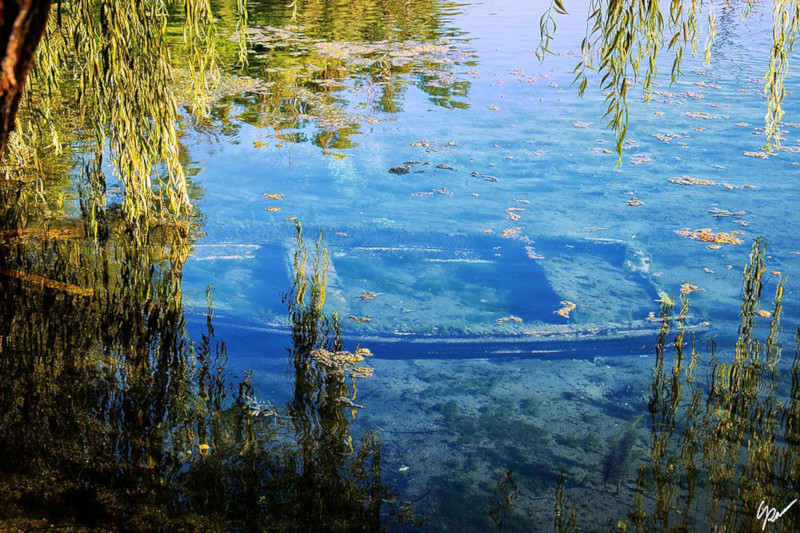
Lake Posta Fibreno Location, Formation, and Ecology
The breathtaking and surprising Lake Posta Fibreno formed in a part of the world already renowned for its natural splendor. This remarkable work of Nature also exists in an area of the Northern Hemisphere holding significant historical importance to mankind.
More precisely, the fascinating body of water formed in what now constitutes the country of Italy. For those readers who may not know, that places it in the southern portion of the continent of Europe. With further precision, it’s found in the province of Lazio.
The site also owes its nature and formation to the actions of subterranean lakes, siphons, waterfalls, and rivers. The stunning body of water originated from the collection of water discharged from these. They in turn emerged near the base of the Apennine Mountains.
Due to its nature, Lake Posta Fibreno also now maintains a unique ecosystem. Renowned for its astounding clarity, the water maintains a nearly constant temperature of 50 F (10 C). That clarity stems from its passage through the surrounding limestone.
It further serves as home to a variety of bird species, as well as several fish species. One of these, in fact, appears to be solely native to this one site. Unfortunately, however, an invasive species of mammal, imported from South America, threatens to disrupt its balance.
Features Sharing Its Region
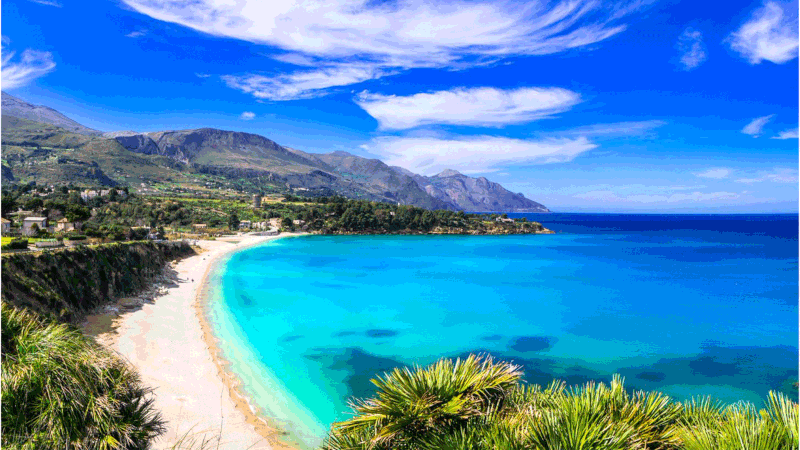
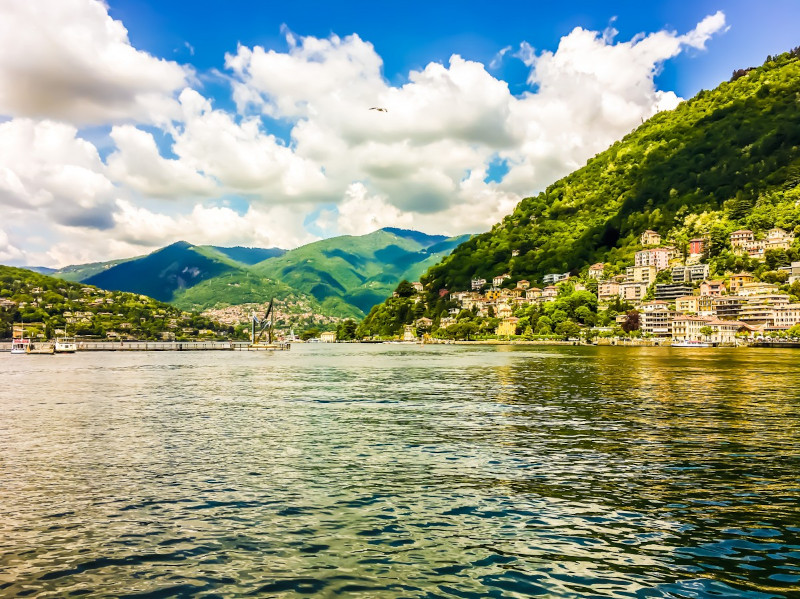
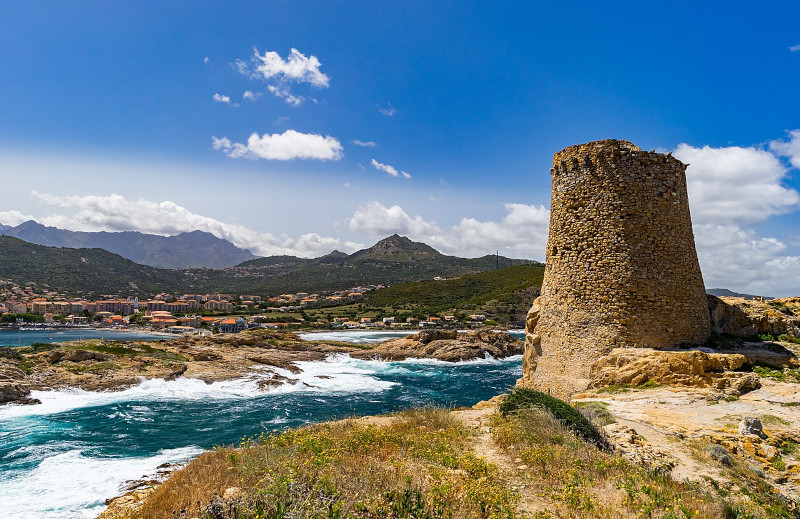
Check out our other articles on 6 Geological Wonders of India, Nicobar Pigeon, Victoria Falls, Rusty-Spotted Cat, Emerald Swallowtail, Crocodilefish, 5 Spectacular Arctic Ocean Species









Leave a Reply